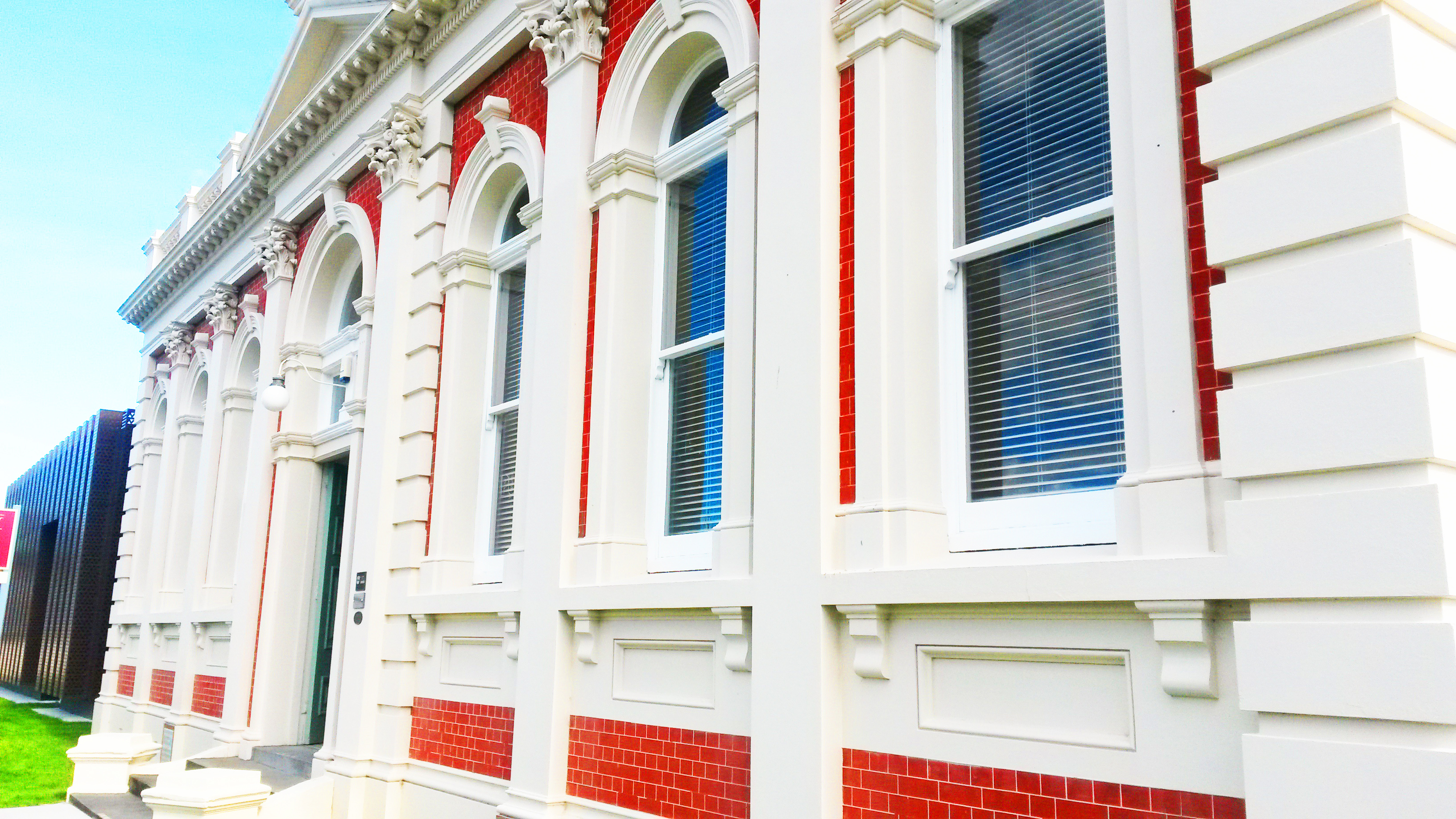
Uploaded on 2017-06-02 by Anna Bulkeley
This is a great example of how architecture, construction techniques and materials have developed in New Zealand, even in a rural town such as Thames. New Zealand is a very young country – 150 years old. New Zealand was first colonised by the British around the late 1800s. Prior to this Maori was the only culture around and native to New Zealand. Maori built on high hills and created forts using local materials, at the time much flax and timber including sticks to much larger trunks. They created communities, civic areas and buildings using these materials and their own construction techniques – usually flax to tie everything together and built high for safety from enemy, waters below and to protect their food from wildlife predators. They had pitched roofs to keep rain or anything wind blown off the fine flax roofs. The Carnegie Library and Research Centre in Thames beautifully contrasts this. Firstly, the location is a seaside town at sea level on the flat. This was something that the British introduced – building on flat land. Secondly, the classical styles evident in this building are amazing – so contrasting to what Maori built. The detail and the ornateness was not something Maori considered and no large monolithic structures, everything temporary. The pilasters and ornate columns, the acanthus leaves – all foreign to New Zealand. This building was an early building built by the British – easy to tell. Also, glass was introduced by the British, along with brick and concrete – very prevalent today and all made in New Zealand. Although most brick is still imported. The brick is a big one. New Zealand does not use a lot, even today as we are accustomed to timber which we grow and ensure is renewable and brick we are not comfortable or overly familiar with as a material. Contrastingly, concrete is everywhere, but made in New Zealand! However, the extension just to the left was designed and built recently by local architects and builders. It uses contemporary Maori patters and materials – aluminium perforated sheets made locally – unheard of when the original Carnegie Library was built! Anna Bulkeley